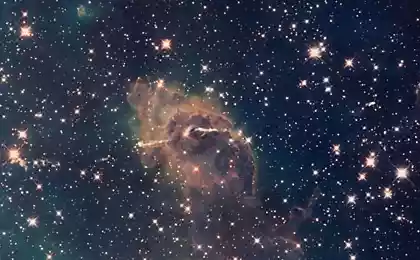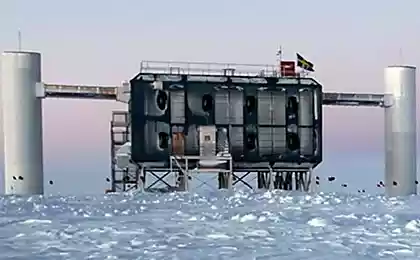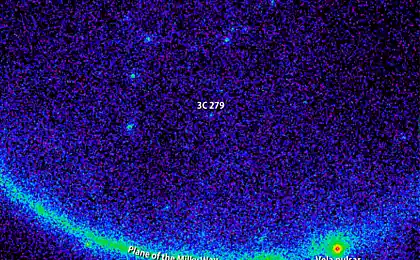480
The NOvA experiment to study neutrinos started

The neutrino is one of the most elusive and interesting of subatomic particles that scientists are trying to study. A better understanding of these minuscule, weakly interacting particles could unlock new areas of science and to help us understand the nature of the Universe. A pair of objects located at a distance of 800 miles apart in the Midwest USA, you can be the first step in this process. After five years of construction, the NOvA experiment is ready to study neutrinos, as they pass these 800 miles in the blink of an eye.
Neutrinos are difficult to study because of their very nature they rarely interact with other forms of matter. They were only discovered in the mid-20th century, when they were given the name meaning "little neutral" in Italian. There is no way to keep neutrinos for long-term studies, since neutrinos no substance is solid. Neutrinos can pass through miles of solid matter almost without a trace. Sometimes, though, a neutrino enters the nucleus of the atom and rejected. It is this collision and will learn NOvA.

The NOvA experiment uses a weak interaction of neutrinos, which allows them to pass through the Earth from one point to another — in this case, from Fermilab in Batavia to a massive detector in ash river, Minnesota, near the canadian border. The 14,000-ton detector in Minnesota is not much harder than for neutrinos than the crust, so the Fermi laboratory will send a large number of neutrinos directly into the detector. Tool detector actually consists of layers of polyvinyl chloride (PVC), filled with liquid that emits light when hit by a neutrino. Laboratory Fermi believes that the far detector, NOvA can be the largest freestanding plastic structure in the world.
Each second operation in the next six years or so scientists will send trillions of neutrinos in the Northern Minnesota to discover at least a handful of interactions. The NOvA detector is located in a remote area of Northern Minnesota, because the detectors must be extremely sensitive to see the rare neutrino interaction. Even at a distance of many kilometers from the electromagnetic noise of civilization cosmic rays interfere with the detector to detect neutrinos. Although, perhaps, scientists have the advantage: they know exactly where and how much neutrinos goes, their energy level and exact time when each of them should pass through the detector.
What is the meaning of all this? NOvA is specially configured to study how neutrinos change between three different States during a certain time. It might help us to answer one of the big questions in physics: why there is what, not anything? After the Big Bang there was a certain imbalance in the number of matter and antimatter, which prevented the young universe to annihilate to zero, but why? Neutrinos can be the cause, but scientists need more data to work out the details.
Source: hi-news.ru
Top 10 cooking tips that you need to know
Invented a simple and cheap way to produce touch screens in the home























